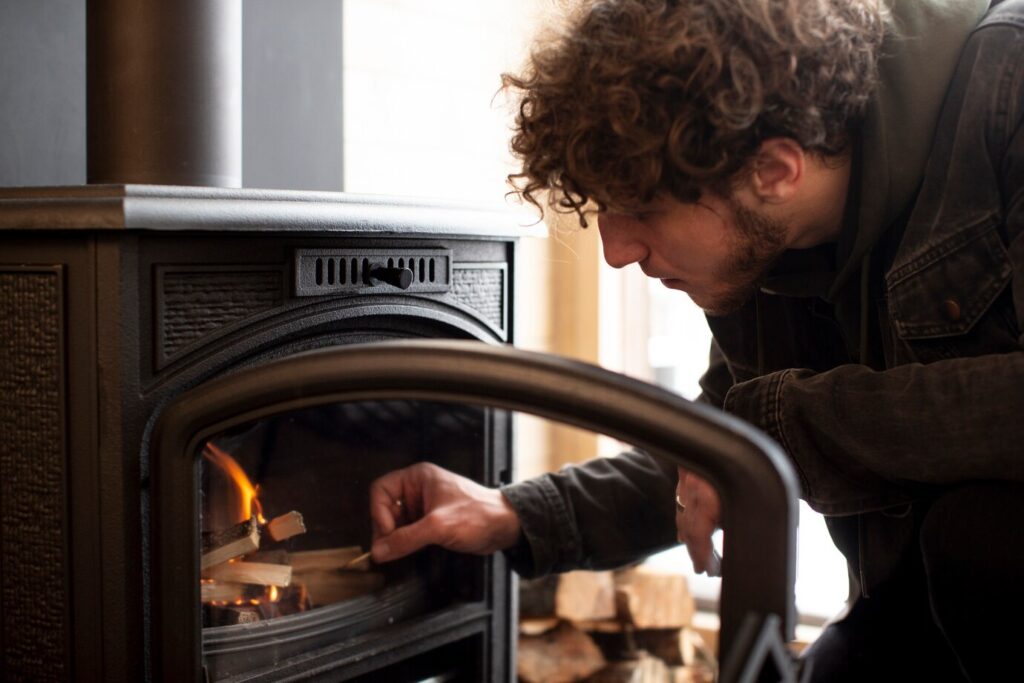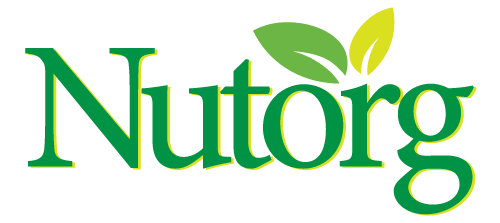
The Ultimate Guide to Log Burner Flue Kits in Australia – What You Need to Know
With the rising demand for energy-efficient heating solutions across Australia, log burners (also known as wood-burning stoves) have become a favourite in many homes and cabins. But to get the most out of your wood heater — safely and efficiently — you need a high-quality log burner flue kit.
In this comprehensive guide, we’ll break down everything you need to know about log burner flue kits: from what they are and why they matter, to how to choose the right one for your needs in Australia. Whether you’re a homeowner, builder, or renovator, this article will help you make a confident decision.
What is a Log Burner Flue Kit?
A Log burner flue kit is a system of pipes and components that safely channels smoke and gases from a wood-burning stove or heater to the outside of your home. The flue ensures proper draft, improves combustion efficiency, and prevents harmful fumes from entering your living space.
A typical flue kit includes:
- Stainless steel flue pipes (usually double or triple skin)
- Ceiling plate
- Roof flashing
- Cowl (cap)
- Support brackets
- Firestop spacers
- Ceiling ring
Each component plays a role in safety, insulation, weatherproofing, and performance.
Why a Quality Flue Kit is Essential for Your Log Burner
Many people focus on the aesthetics and output of their wood heater but overlook the importance of the flue system. Here’s why the right flue kit is just as important as the burner itself:
Safety
Flues handle high temperatures and flammable gases. A quality flue kit ensures that all smoke, sparks, and creosote are safely directed outside, preventing house fires and carbon monoxide risks.
Efficiency
Correct flue installation improves airflow and draft, which helps your log burner run more efficiently and burn wood more cleanly. This means better heat and less fuel usage.
Compliance
Australian building codes (AS/NZS 2918) have strict standards for wood heater installations. An approved flue kit ensures compliance and insurance eligibility.
Longevity
Stainless steel flues are corrosion-resistant and designed for long-term performance in harsh Aussie conditions.
Types of Flue Kits for Log Burners
Depending on your home design and the heater’s location, you’ll need to choose between several flue installation types:
Standard Vertical Flue Kit
Ideal for homes where the flue can go straight up through the ceiling and roof. Simple, efficient, and often the most cost-effective option.
Offset (or Rear) Flue Kit
Used when the heater is close to a wall or when vertical installation is obstructed. Includes bends or elbows to route the flue before it goes vertical.
Wall-Through Flue Kit
For installations where the flue exits directly through an external wall and runs up the outside of the house. Ideal for retrofits or homes without ceiling space.
Zero Clearance Flue Kit
Required when installing a log burner in tight spaces or near combustible walls. These kits include extra insulation and shielding for safety.
Key Components of a High-Quality Flue Kit
Let’s break down the critical parts of a flue system and their role:
Double or Triple-Skin Flue Pipes
Insulated flues are essential to reduce heat transfer, improve draft, and prevent condensation or creosote build-up. Stainlessflue AU offers premium stainless steel double-skin flue pipes, suitable for residential and commercial use.
Ceiling Plate & Trim
These parts seal the flue where it enters the ceiling, keeping your interior tidy and compliant with fire safety regulations.
Roof Flashing
A weatherproof silicone or metal collar that seals the flue penetration on the roof, preventing leaks and rust.
Cowl or Rain Cap
Prevents rain, debris, birds, and downdrafts from entering your flue. Some models also improve airflow and draft.
Firestop Spacer
Protects against excessive heat transfer through walls or ceilings, creating a thermal barrier.
Wall Brackets & Support
Stabilizes the flue system and provides structural integrity, especially for taller setups or external flues.
Choosing the Right Log Burner Flue Kit in Australia
There are several factors to consider when selecting a flue kit:
Type of Property
Are you installing a log burner in a single-storey home, a two-storey property, a granny flat, or a tiny house? Each layout requires a specific flue solution.
Internal vs. External Flue
Internal flues retain more heat within the home, while external systems may require extra insulation or shielding.
Clearance Requirements
Ensure that the flue kit meets the manufacturer’s specifications for minimum clearance to combustibles (usually 25–50mm with insulated pipes).
Weather Conditions
In areas with high wind or rain (like coastal NSW or Tasmania), a cowl with anti-downdraft features or additional sealing may be necessary.
Compliance
Choose a flue kit that meets AS/NZS 2918 standards. Stainlessflue AU only supplies certified, code-compliant kits.
Installation Tips & Safety Guidelines
Although some DIYers choose to install flue kits themselves, we recommend hiring a licensed installer for peace of mind. Here are key safety points:
- Keep a minimum 25mm air gap between flue pipes and combustible materials (unless otherwise specified).
- Ensure the flue height extends at least 600mm above the roof peak or any nearby structure within 3 metres.
- Use proper sealing around ceiling and roof penetrations.
- Avoid excessive bends — too many elbows reduce draft and efficiency.
- Conduct regular maintenance: Clean your flue at least once per year to remove soot and creosote build-up.
Stainlessflue AU: Australia’s Trusted Source for Flue Kits
At Stainlessflue AU, we specialise in premium log burner flue kits, custom-built for Australian homes and conditions. Here’s why builders, homeowners, and installers across the country trust us:
Quality Materials
Our flues are made from 304 or 316-grade stainless steel, offering superior corrosion resistance and heat tolerance.
Complete Kits
We supply all-in-one flue kits with everything you need — no missing parts, no guesswork.
Installer Friendly
All components are easy to assemble, compliant with Australian standards, and designed for a smooth installation process.
Fast Shipping
We ship Australia-wide with secure packaging to prevent damage in transit.
Custom Solutions
Need something bespoke? We can custom-fabricate flue kits for unique spaces, off-grid homes, mobile cabins, and more.
Common Questions About Log Burner Flue Kits
Do I need council approval to install a log burner flue?
In most cases, yes. Check with your local council or building authority, especially for new builds or major renovations.
Can I reuse an old flue kit?
It’s not recommended. Old or damaged components may no longer comply with current safety standards and can pose fire risks.
How high should my flue go?
Australian codes require that the flue be at least 4.6 metres high and 600mm above the highest part of the roof it exits.
What’s the difference between single and double skin?
Single-skin flues are cheaper but lose more heat and can pose safety risks. Double-skin flues retain heat, improve draft, and are safer.
Final Thoughts:
A log burner can transform your home into a warm, rustic haven — but only when it’s paired with the right flue system. The log burner flue kit isn’t just a pipe; it’s a critical part of your home’s safety and heating performance.
